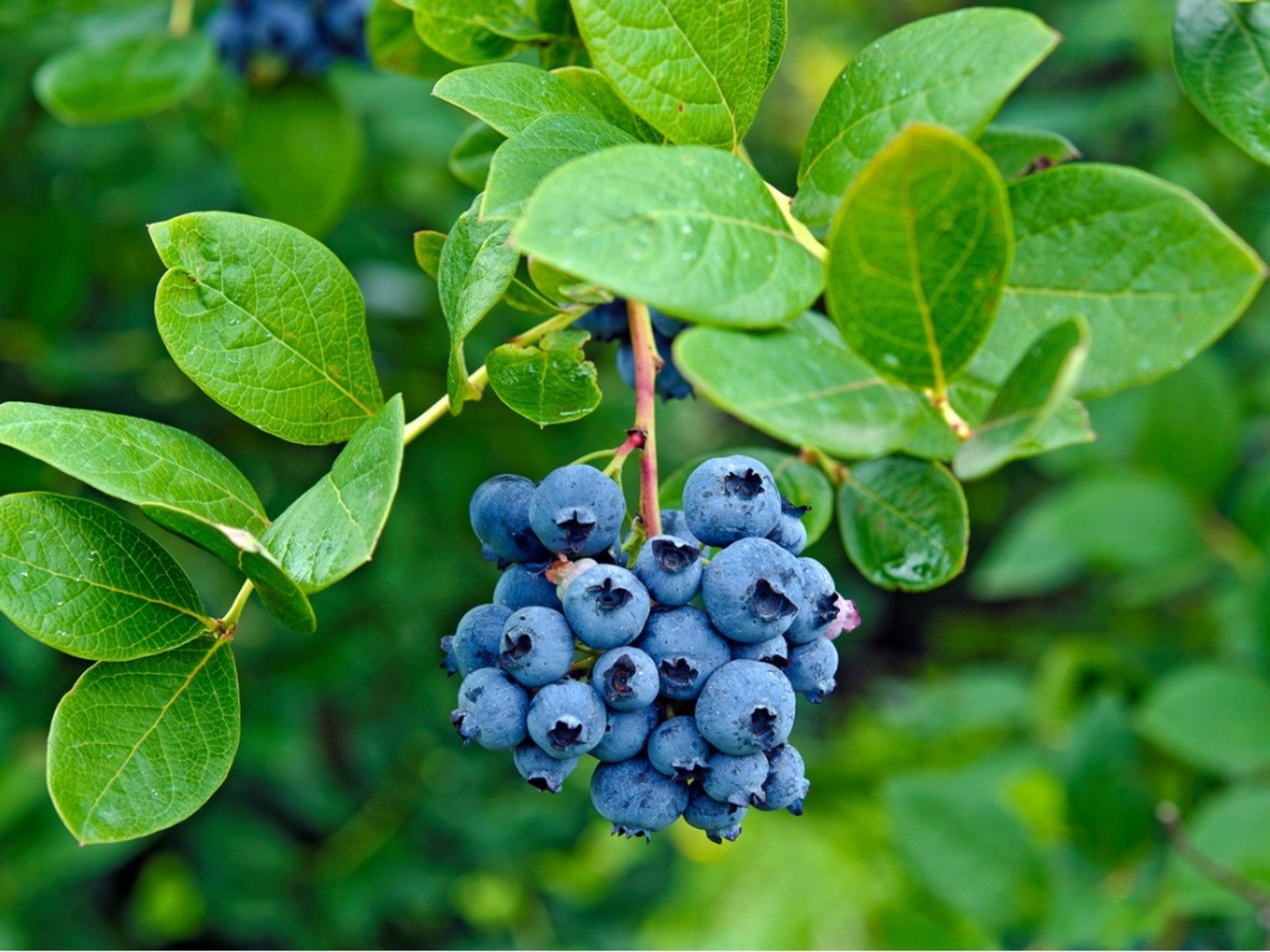Southern Berry Varieties - Berries To Grow In The South


When you say Southern berries, it suggests a plethora of fruits. Berries can run the gamut from blueberries to blackberries, from raspberries to elderberries, from huckleberries to mulberries and everything in between. But what are some berries for the South that will do well in heat and humidity?
Here are some juicy berries to grow in the South.
Berries for the South: The Best Southeast Berries
While opinions vary on the best berries to grow in the South, here are some indisputable favorites:
- Blackberry – There are thorny and thornless varieties of blackberries that do well in Southern landscapes. Cultivars will produce high quality fruit and fewer pests than wild plants. Choose an area with well-draining soil in full sun; blackberries do not tolerate wet feet. Sandy loam soils with a pH of 6.0 to 6.5 are best. Plant blackberry plants or root cuttings in late February or early March. Blackberry canes are biennial; they fruit in the second year and die out. New canes will emerge to start the cycle again.
- Blueberry – In the South, choose the native rabbiteye or cultivated Southern highbush varieties of blueberry. They both need acidic soil in the range of 4.5 to 5.5 in full to part sun. Soil should be moist and well drained. Plant two or more varieties for cross pollination and fruit set. Rabbiteye ripens in June and July. Southern highbush fruits in May.
- Elderberry – Elderberry grows into an attractive shrub with white flowers in spring and black clusters of berries in late summer. Plant in well-draining soil with a pH of 6.0 to 6.5. Ripe elderberries are good fresh or made into jelly, pie, or wine. Avoid unripe, green berries which are toxic.
- Huckleberry –These Southern berries are related to blueberries but they contain larger seeds. They grow in moist, acidic soil, with a pH from 4.3 to 5.2. Pruning is only needed to remove dead or diseased stems. Taste is sweet after cooking. Huckleberry is better in jellies and drinks than eaten raw.
- Mulberry – White, red, and black mulberries can be grown wild or cultivated. Buy a grafted mulberry to get fruit in a year. They can be pruned as a shrub or allowed to grow into a medium sized tree. Once established, they require little irrigation or fertilization. Lots of sweet fruit is produced.
- Raspberry – Varieties include thornless as well as trailing and erect varieties. Raspberry plants will not tolerate clay soils. Amend the soil to a sandy loam consistency with a pH of 6.0 to 6.5. Choose a sunny site close to its water source. Primocane varieties produce fruit on the first-year canes. In the winter, the canes can be cut to the ground.
Check with your local cooperative extension service for the best Southern berry varieties in your area.
Gardening tips, videos, info and more delivered right to your inbox!
Sign up for the Gardening Know How newsletter today and receive a free copy of our e-book "How to Grow Delicious Tomatoes".

After graduating from Oklahoma State University with a degree in English, Susan pursued a career in communications. In addition, she wrote garden articles for magazines and authored a newspaper gardening column for many years. She contributed South-Central regional gardening columns for four years to Lowes.com. While living in Oklahoma, she served as a master gardener for 17 years.
-
 Moody Blooms For Spring: 8 Types Of Black Flowers To Add Drama To Spring Displays
Moody Blooms For Spring: 8 Types Of Black Flowers To Add Drama To Spring DisplaysFrom midnight burgundies to inky violets, several types of black flowers can enrich and embolden a spring display. Try these brooding bloomers for a moody garden
By Tonya Barnett
-
 Can Snake Plants Live Outside? Everything You Need To Know For Snake Plants Al Fresco
Can Snake Plants Live Outside? Everything You Need To Know For Snake Plants Al FrescoSnake plants can live outside given the right conditions, but be careful that they don't take over! Learn the best way to use snake plants in your landscape.
By Mary Ellen Ellis